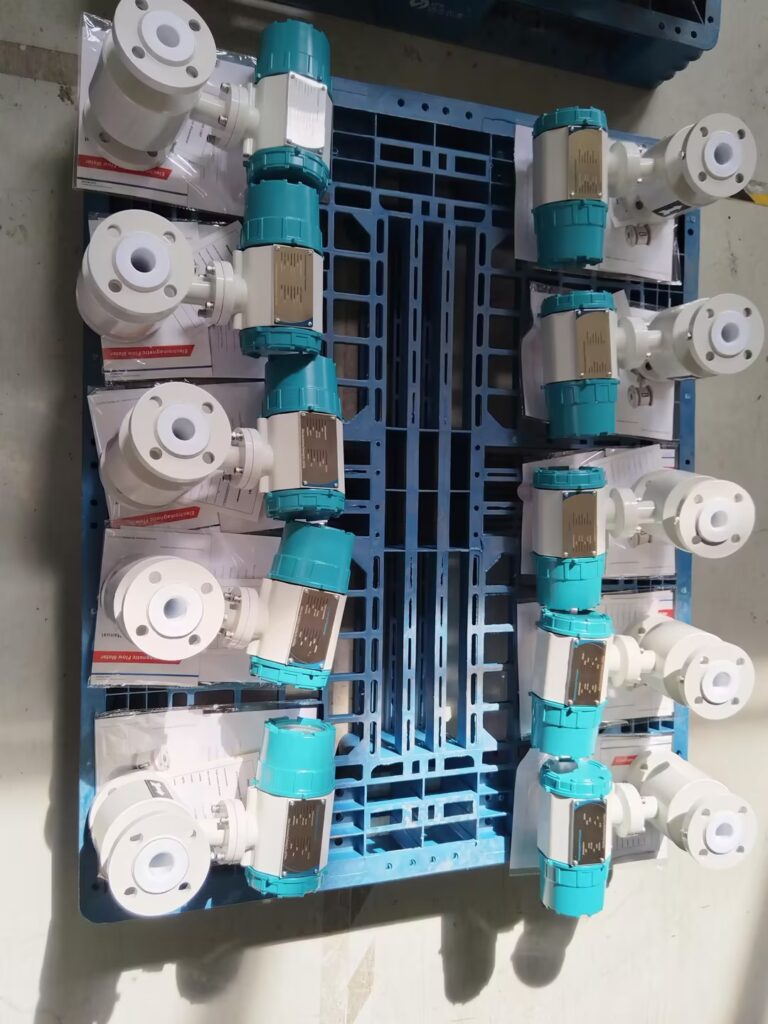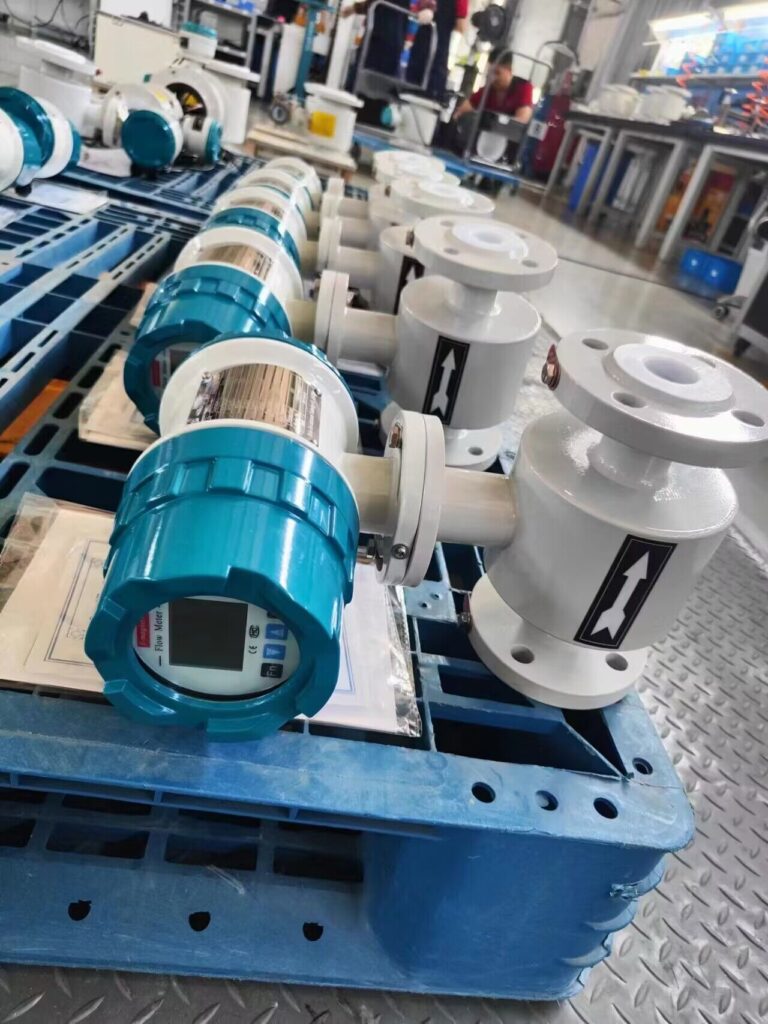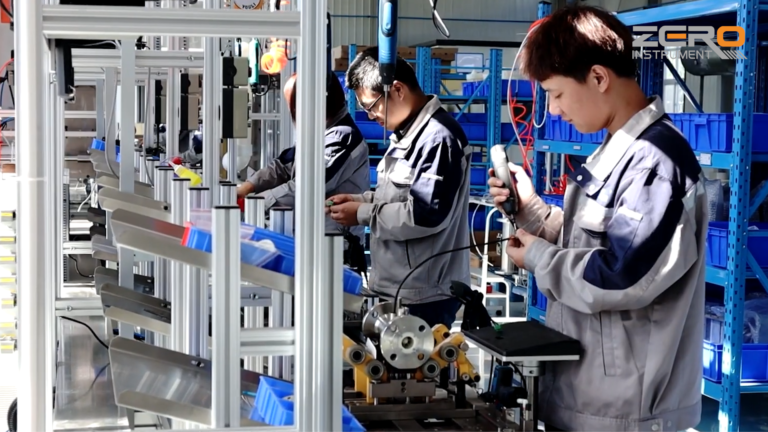Choosing an appropriate flow meter is crucial for accurate and reliable measurement in industrial processes. A thorough understanding of various flow meter types, their working principles, fluid characteristics, and installation conditions is essential. Here is a detailed guide highlighting the key factors for selecting the right flow meter for your specific needs:

1. Flow Meter Performance Requirements
When selecting a flow meter, first clearly define your required performance parameters:
Accuracy: Determine the acceptable level of measurement error based on your application’s precision demands.
Rangeability (Turndown Ratio): Consider the required measurement range; a larger turndown ratio is beneficial if flow conditions fluctuate significantly.
Repeatability and Stability: Ensure consistent readings over time, especially crucial in process control applications.
Pressure Loss: Evaluate the acceptable pressure drop your system can handle, as certain flow meters create significant pressure loss.

2. Fluid Characteristics
Understanding the fluid’s properties is critical:
Viscosity: Highly viscous fluids require specific flow meter types such as positive displacement or Coriolis flow meters.
Temperature and Pressure: Extreme temperatures or pressures influence material selection and meter reliability.
Corrosiveness and Abrasiveness: Aggressive fluids necessitate special materials like stainless steel or Hastelloy to prevent corrosion or wear.
Conductivity: For electromagnetic flow meters, fluid must have a certain level of electrical conductivity.
Phase (Gas, Liquid, Steam): Ensure the selected meter is specifically suitable for the fluid phase being measured.
3. Installation Requirements
Installation conditions significantly impact measurement accuracy and meter longevity:
Pipe Size and Orientation: Some flow meters have installation orientation requirements to achieve accurate results.
Straight Pipe Requirements: Certain meters require sufficient straight pipe lengths upstream and downstream to ensure stable flow profiles.
Accessibility and Maintenance: Select meters that facilitate easy installation, routine inspection, and maintenance activities.

4. Environmental Conditions
Environmental factors can significantly affect the performance and lifespan of flow meters:
Ambient Temperature: Temperature fluctuations can affect electronic components and sensor dimensions. Ideally, place secondary electronics in controlled environments away from harsh conditions.
Humidity: High humidity accelerates corrosion and can reduce electrical insulation, while low humidity conditions may lead to static electricity buildup. Special attention should be given to sealing and insulation.
Safety Requirements: For hazardous environments, flow meters must comply with explosion-proof or intrinsically safe standards to ensure operational safety.
Electrical Interference: Electromagnetic interference from nearby electrical equipment and power lines can cause measurement inaccuracies. Appropriate shielding and grounding are crucial.
5. Economic Considerations
While ensuring technical adequacy, economic feasibility should also guide your selection:
Initial Cost: Evaluate not just the purchase cost but also installation expenses, especially for complex setups.
Maintenance and Operating Costs: Consider long-term operational expenses, including regular calibration, maintenance needs, and potential replacement parts.
Longevity and Reliability: Opt for flow meters that provide a longer service life and reliable operation to minimize downtime and maintenance expenses.

Common Pitfalls to Avoid
Ignoring Fluid Compatibility: Failure to consider fluid-meter compatibility often results in premature failure or inaccuracies.
Overlooking Installation Conditions: Insufficient attention to straight pipe runs or meter orientation may significantly impact accuracy.
Underestimating Environmental Effects: Neglecting environmental conditions can lead to operational challenges or unexpected failures.

Summary
Selecting the appropriate flow meter involves careful evaluation of performance criteria, fluid characteristics, installation constraints, environmental factors, and economic considerations. By thoughtfully addressing these aspects, you can ensure optimal performance, reliability, and cost-effectiveness in your flow measurement processes.
